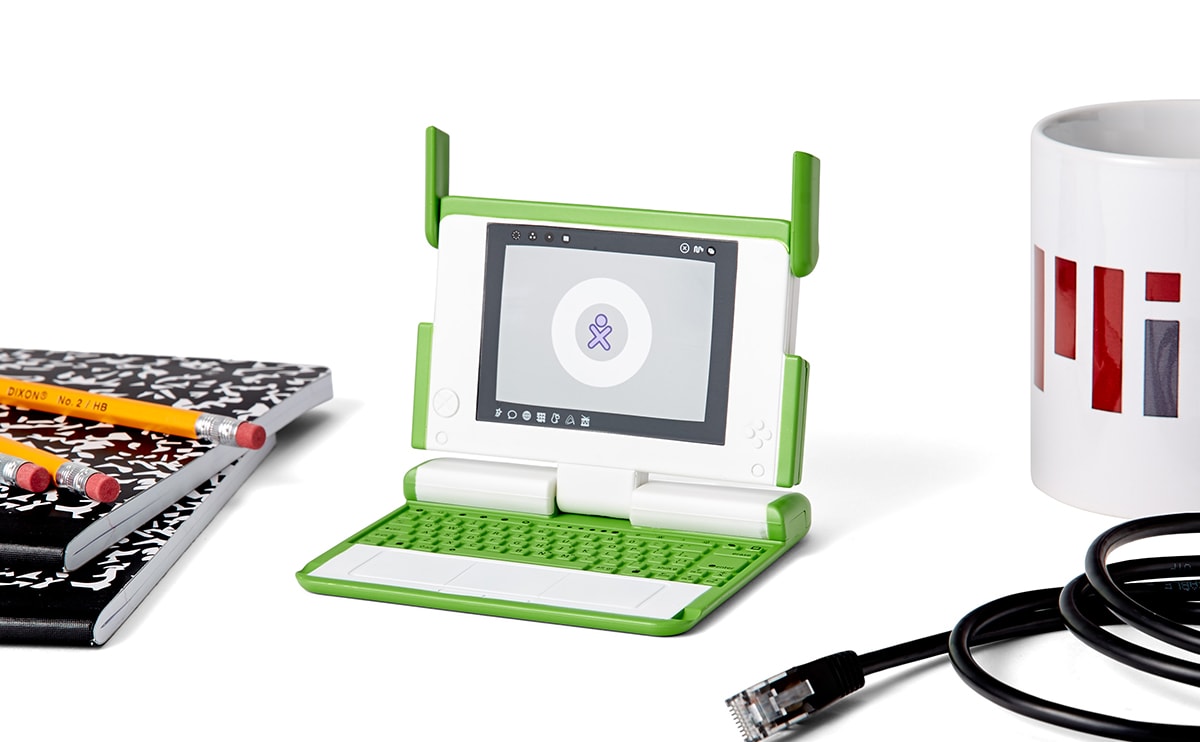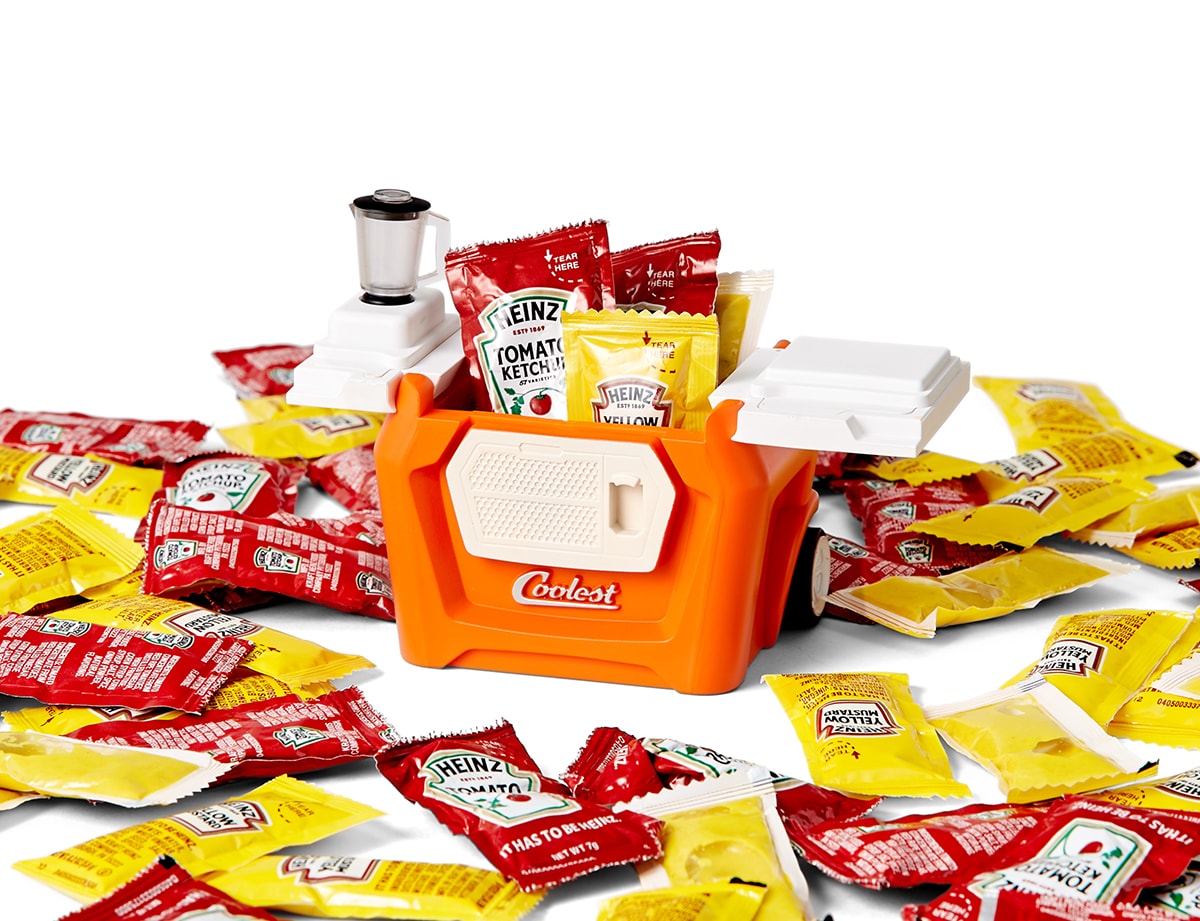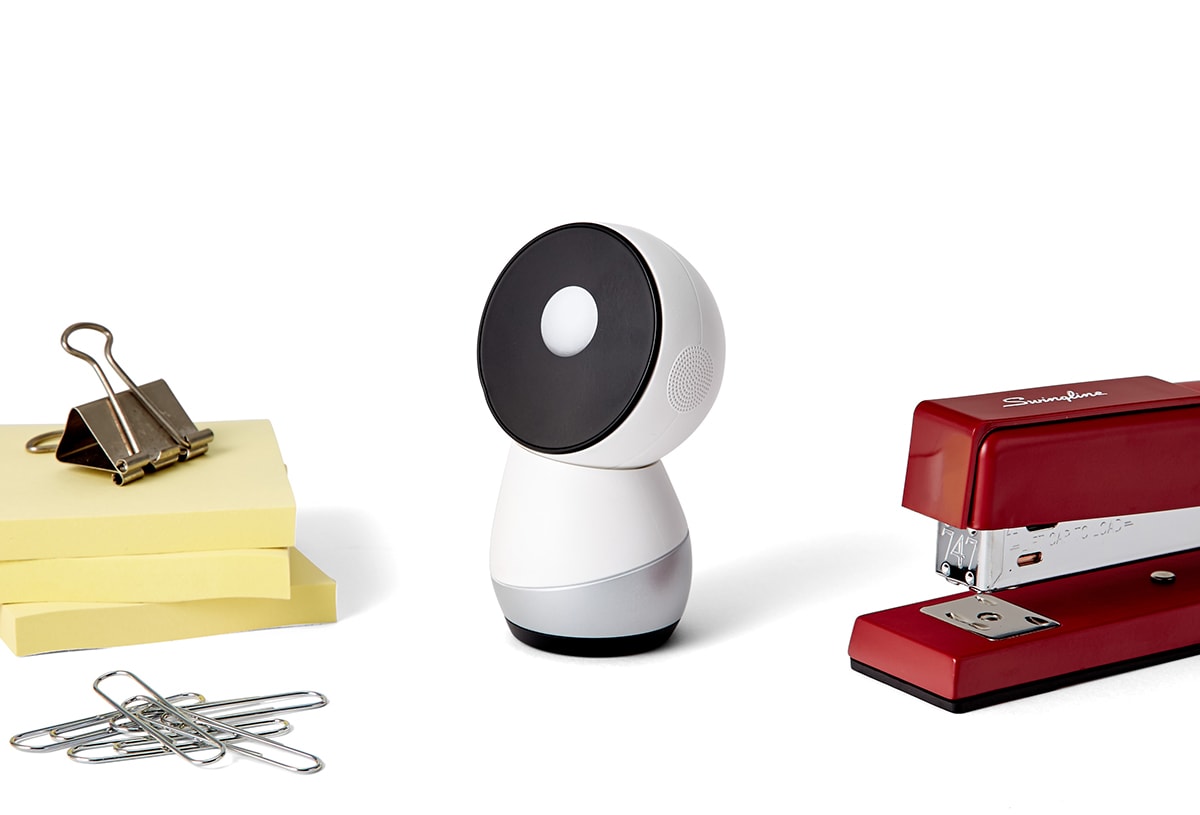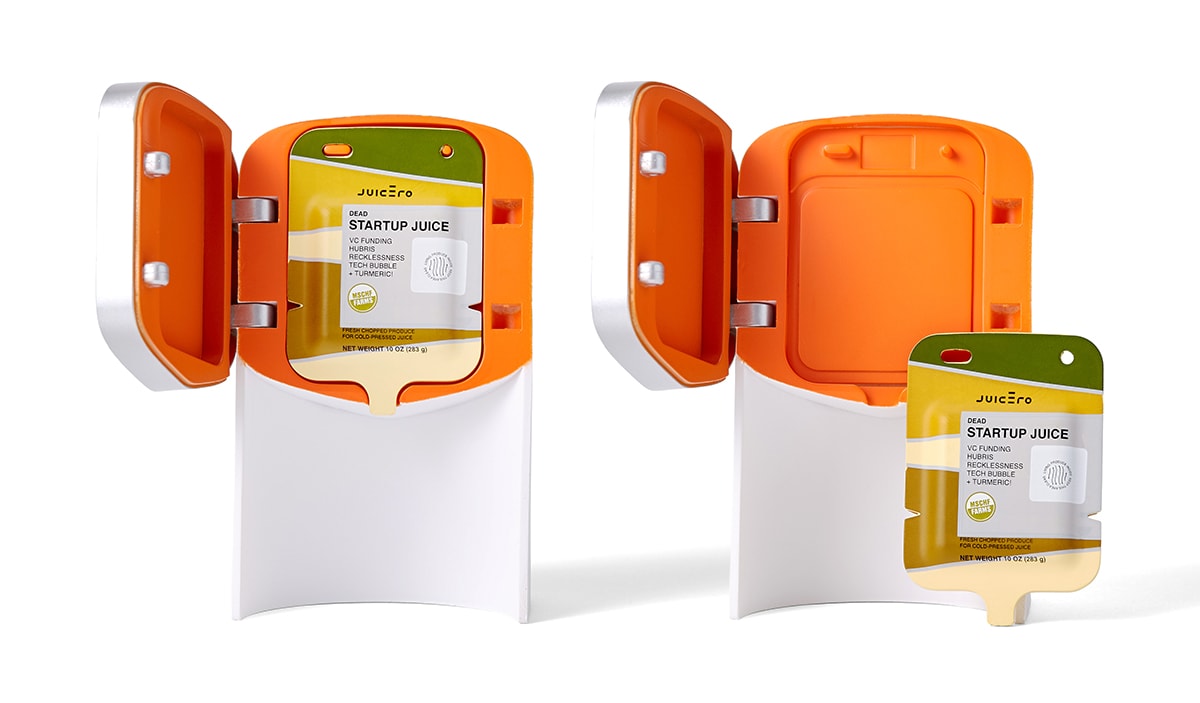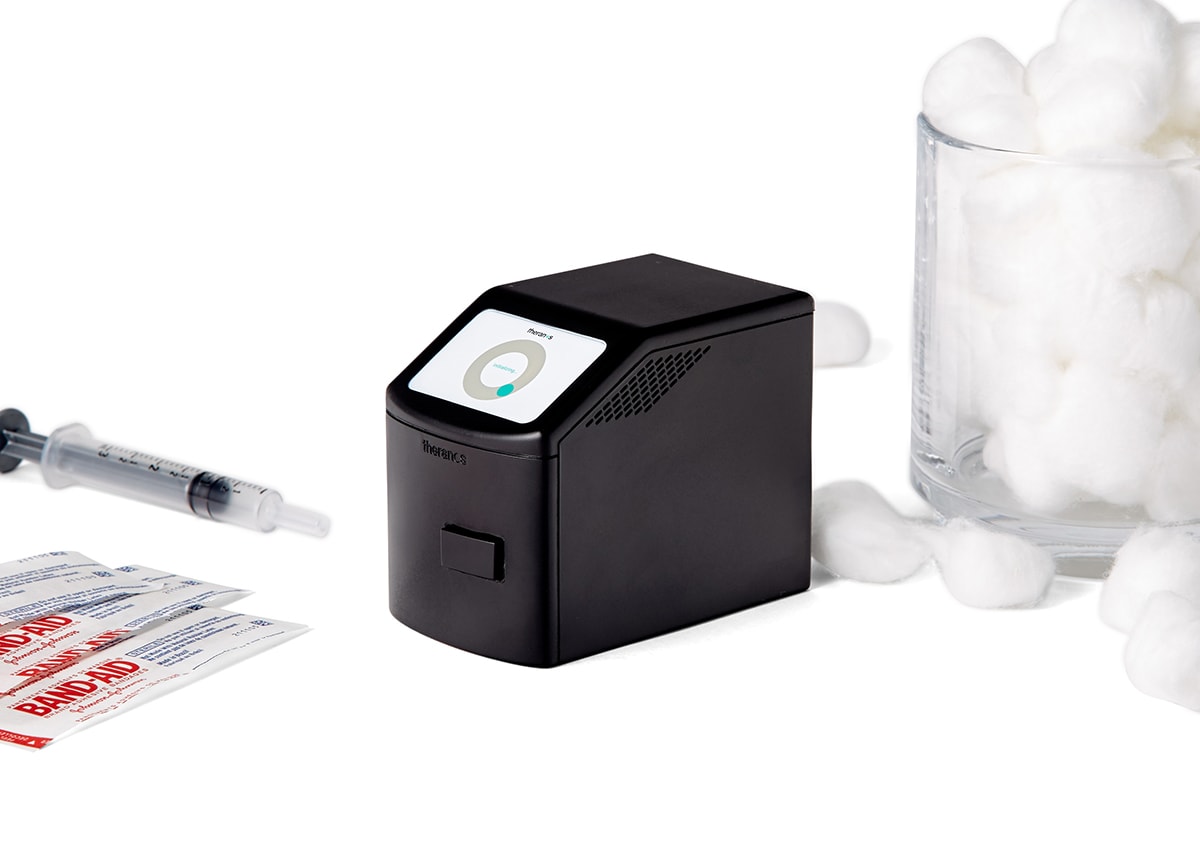Silicon Valley has a strange relationship with failure. The Valley rewards success first and foremost, of course. It loves its “unicorns,” its college dropouts-turned-twentysomething-billionaires, and its disruptors with no time for the status quo. But it also doesn’t, at least not outwardly, penalize failures. Whether it’s a comeback story like that of Steve Jobs or the popular mantra of “fail fast, fail often,” past failure is a badge of honor to be shown off like in the scar comparison scene from Jaws. If you’re not failing, you’re probably not trying — and certainly not innovating.
However, there are some failures that cross a line and keep on sprinting. These aren’t underperformers or startups that never quite start up. They’re the monumental disasters that remain on people’s lips, the ones that transition at lightning pace from the source of whispered sweet nothings from venture capitalists to out-and-out punch lines. Now they’re getting dusted off for another turn under the spotlight, courtesy of MSCHF.

MSCHF, for those unfamiliar, is the Brooklyn-based “ideas factory” that regularly unleashes a stream of meme products on an unsuspecting internet, like a gaggle of Banksys fattened up on a diet of 4chan. Previous MSCHF “drops” have included a dog collar that transforms your pooch’s barks into a torrent of swear words, Nike “Jesus Shoes” sneakers filled with holy water, and — recently — a remote control Boston Dynamics Spot robot with a paintball gun and audio books of classic novels read by a deepfaked Gucci Mane.
Its latest offering — which launches today — doesn’t require too much in the way of cranking up the absurdity meter, though. Instead, MSCHF has picked five infamous tech failures and created miniature desk toys out of their most notorious products. “Because,” as Kevin Wiesner, chief creative officer at MSCHF, told Digital Trends, “you definitely can’t get the real ones anymore.”
Look on my works and despair
The five products represented by Dead Startup Toys are Jibo, the $1,000 social robot instantly outcompeted by Amazon Echo; the combination cooler/speaker/blender/Kickstarter superstar known as the Coolest Cooler; the $800 IoT juicer called the Juicero Press; the $100 mini laptop from One Laptop per Child; and Theranos MiniLab’s supposed miniature superlab.
“They’re sort of these ‘white whale’ products because they’re incredibly scarce or, in some cases, never existed at all,” Wiesner said. “We’re doing a little bit of wish fulfillment in that regard.”
The desk toys don’t do anything much. They’re scaled-down replicas about half to two-thirds the size of a soda can. They’re there to put on your desk and gain some measure of delight from. But, then again, the real products they’re based on didn’t necessarily do a whole lot, either.
“All of these are products that ran out of the gate and hit the world with this ludicrous concept [and then] did not deliver on their promise. What we got instead is a big cultural phenomenon that made the 21st century weirder.”
“The only one we say is functional is [the Theranos MiniLab], which we say performs exactly every function that the actual Theranos machine did,” Wiesner noted. (Disclaimer: That would be not very much at all.)
The limited-edition replicas sell for $40 each. Alternatively, you can buy a box of them all for $159.99 — and get what MSCHF claims is the “entire mid-2010s venture capitalist experience.”

“What [you get from all of these is this] wildly surreal entertainment,” said Wiesner. “All of these are products that ran out of the gate and hit the world with this ludicrous concept [and then] did not deliver on their promise. What we got instead is a big cultural phenomenon that made the 21st century weirder. That’s something I feel is worth commemorating.”
Other than the time frame and their failure to produce results, what connects these products? After all, there would appear to be a qualitative difference between a company that bites off more than it can chew by raising an astronomical amount of Kickstarter funds (the Coolest Cooler raised $13.2 million against a target of just $50,000) and one that misleads investors and consumers into thinking it can perform game-changing blood tests that it can’t.
“They also represent a certain type of weirdness, a certain sort of absurdity in the cultural moments that they produced.”
“I think it varies tremendously from product to product on this list,” Wiesner said. “Theranos, obviously, is one extreme. Maybe something like Jibo is on the other end where, really, it all seemed very sincere. Was it a mistake to try and sell a basically functionless robot at a $1,000 price point? Yes, definitely. They also just got wrecked by Amazon, so it was poor timing. So it varies. A lot of them fall [into a sort of] middle spectrum that I would compare to, like, the difference between negligent manslaughter and murder.”
However, he points out that, at a certain point, when a particular threshold of money raised has been passed, “what would be excused as sort of small mistakes as a result of overambition starts to look worse.”
Crossing over to the weird side
I asked if MSCHF expected any kind of blowback about its Dead Startup Toys. After all, while these products may have gone to the great Fry’s Electronics superstore in the sky, presumably there are copyrights and trademarks and wound-licking founders still out there.
“Everything MSCHF does is this fine line between art and commerce,” Daniel Greenberg, MSCHF’s head of strategy and growth, told Digital Trends. “It’s like, do you consider this art or parody or satire or commentary? I think that’s one angle. Then something we’ve talked about [internally] is, when it comes to ethics and morality, these five companies really have nothing to stand on. They’ve ‘stolen’ tens of millions of dollars from investors and consumers. They’re definitely not the people that have any sort of moral grounds [to object to what we’re doing.]”

But Wiesner pointed out that this isn’t just a critique of the personal failings of those responsible for the products. In a way, they represent a microcosm of Silicon Valley and its weird quirks — from the strange filter bubble fixations it can become trapped in to its belief in what the writer and public intellectual Evgeny Morozov, author of To Save Everything, Click Here, would term “solutionism.”
“I do want to push back against the idea that this would be a pure insult to [the makers of the devices in question],” said Wiesner. “Yes, we are choosing these [products] because they are famously failed startups, but they also represent a certain type of weirdness, a certain sort of absurdity in the cultural moments that they produced. If you think about the types of things MSCHF makes for its drops, I feel that some of these [failed products], in a small way, are kindred spirits with the things we make. Not in terms of the fact that they went out and made a giant promise they failed to deliver on. But just the idea that they went out and — perhaps not deliberately — but they made the world, and especially the consumer tech space, much stranger. That’s something that we often deliberately try to do.”
